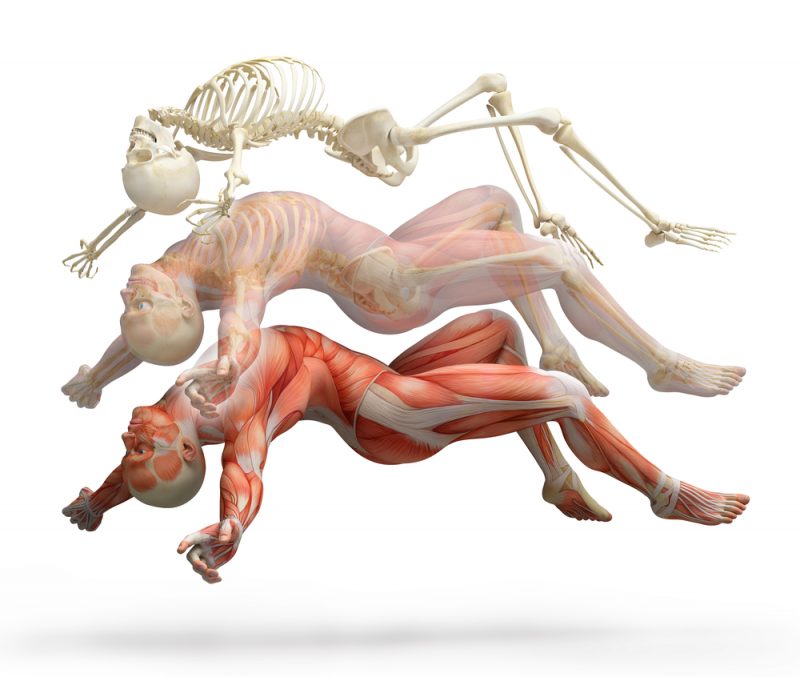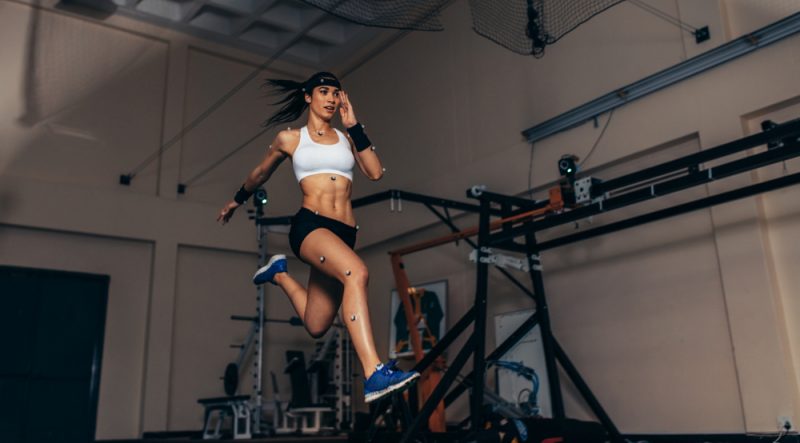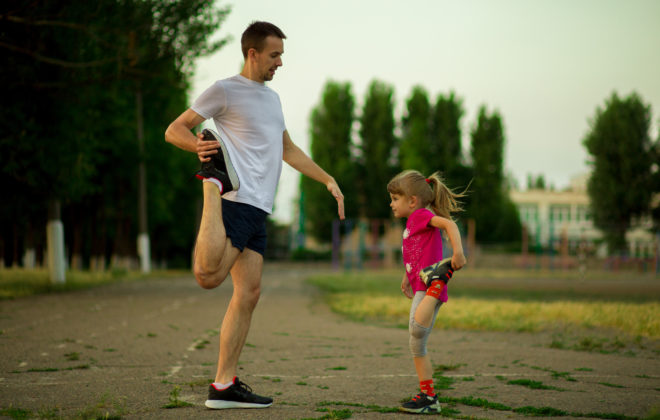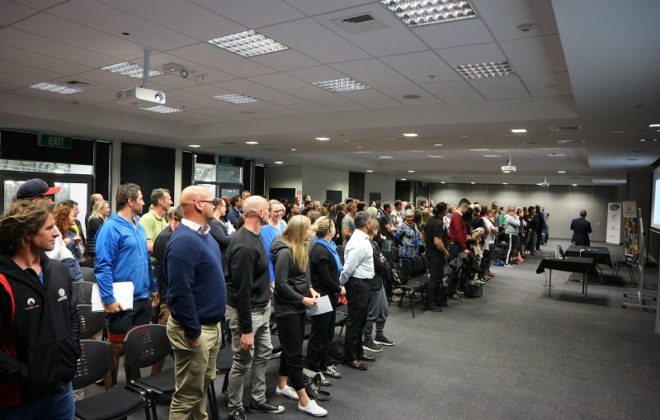Sports Science: You’ve Still Got it Wrong.
Sports Science is over-promising and under-delivering.
There is no other way to put it.
Sports science was – in the 1980s and 1990s – driving so much of the innovation and creativity that we now see as commonplace in coaching and athlete development……physiological testing, athlete mental and emotional evaluation, biomechanical analysis, performance analysis, diet and nutrient analysis….there is much the sports science researchers and practitioners of the 80s and 90s contributed to the sports industry.
However, as it is in all industries, over time, barriers and blockages to progress started to emerge.
From the early 2000’s we saw an increase in Sports science courses and programs in Universities around the world. These courses were – and still are – delivered on “faculty and department” grounds with only cursory attempts to develop students’ inter-disciplinary thinking and athlete-focused-problem-solving capability.
High Performance sports systems, academies and institutes built sports science “departments” each based on a similar University style “faculty” model, i.e. Department of Sports Physiology, Department of Sports Biomechanics etc. which only deepened the divide between the disciplines as one Department fought for political and resource supremacy over the others.
And now, some 30 years after the global popularization and expansion of the sports science industry, the industry has stagnated. It is so bogged down in interdisciplinary rivalries, political conservatism and outdated approaches to education, training, research and practice that for many coaches and athletes, sports science has become a burden rather than a benefit: a hinderance rather than a help.
Sports Science is over promising and under delivering and it’s time to change.

Here’s Ten Things Sports Science has Still Got Wrong.
- Sports Science is still for the most part being taught at University in “silos” and by Faculty. I am at a loss as to understand why this is still happening. The internal politics and business models of most Universities plus the relentless pressure on Academics to “publish or perish” has got a lot to do with it – but seriously – in this era – can’t some of you smart Academics change the way sports science is being taught? Is there really any point to offering sports science programs which educate students one discipline at a time? I hear Academics say “We’re multi-disciplinary”. No, you’re not. Just offering courses in all the disciplines to students is not being “multi-disciplinary”.
- Sports Science research is still mostly Academically Driven and not Athlete and Coach Problem Solving Focused. This is still a mind-blower. The way research works is like this. A student wants to do a PhD. They sit around discussing possible topics with their supervisor. Eventually someone says “Let’s look at starting technique in sprinting”. So they do a literature review and look for ideas and topics that haven’t been covered. They come up with a research plan and then start looking for research subjects. Then eventually the students write their paper, they present it at a conference and they try to convince coaches and athletes that they’ve found a breakthrough idea that will enhance athletic performance. This is such a dumb way to do things. In effect, you’re finding solutions by trying to create problems: problems which may or may not actually be problems. Here’s an idea. Go to a coach and ask them “How can I help you and your athletes get better?”. There’s a radical idea…..actually working with coaches and athletes and helping them by partnering with them on research projects that they’ve identified as obstacles and barriers to success.
- Sports Science is still using 0.05% or better “confidence limits” – in an industry which is largely based on 0.50%. Sports science is not – as they say – “rocket-science”. No one is trying to cure cancer or disprove Einsteins theories. All we’re doing is trying to help athletes get better at what they do. There is no need for this ridiculous, over-zealous commitment to statistical standards which were primarily designed for the safety and integrity of research practices in medical research. In sport, coaches and athletes looking for an edge will think things over, do some basic N=1 research of their own then make a decision based on logic, instinct and experience, weigh up the potential risks and then give it a go! If coaches and athletes wait to be 95% or 99% certain what they are doing is right, they will be left floundering behind their opposition and never achieve the success they aspire to.
- Sports Science still relies on the “peer-review” model for credibility. The peer-review model has its place – sure – in medical research, in the space industry – anywhere where there is life and death situations involved. But in sport, coaches and athletes do not care about the quality of the research or the academic rigor around the researcher’s methodologies. They want solutions to the problems that are holding them back from realizing their potential. Not only that, but I can promise you that some of the best ideas I’ve ever seen in high performance sport and in professional sporting teams are NEVER published. Why? Simple. Because why would I spend years coming up with unique solutions to help my clients gain a performance advantage then share it with the world for free? There’s stuff going on in some of the professional teams I work with that’s light years ahead of the published peer-reviewed research – and yet it will never turn up in a Journal. For coaches and athletes, it’s not about publications – it’s about performance.
- Sports Science is still light-years away from understanding how to connect with and impact on coaches and coaching. Never ceases to amaze me. Sports scientists will go and meet with coaches and start throwing the latest research findings at them, i.e. with the assumption that coaches are “wrong” and the research is “right”. No one in the world in any walk of life likes being told they are wrong – even if they are wrong. Sports scientists need to learn how to listen to, to respect, to build quality effective relationships with, to grow trusting and honest partnerships with…coaches and athletes. I can not believe that High Performance Sporting organisations do not include training and education on “the art of communication” and “the art of building honest, trusting relationships” in their sports scientist induction programs. Doesn’t matter how great the science is – or how highly qualified the sports scientist might be – it all comes down to relationships – and if the coach and the athlete don’t know you, don’t like you, don’t trust you….you’re wasting your time talking to them.
- Sports Science is still hanging on to political barriers between the disciplines. This goes back to the Industrial Revolution and to the increasing focus on specialization over the past 150 plus years. The barriers between sports physiology, sports biomechanics and the other disciplines is not something that is new or unique to the sports science industry. However, just because people believed in a flat-earth and that we’d never improve on the fax machine doesn’t make it a universal permanent truth. Isn’t it time for the disciplines to come to the realization – that human beings playing sport do not operate as a “single discipline” entity. Athletes are never just about physiology. Athletes are never only just operating biomechanically. Human beings are a complex integration of biology, physics, chemistry, psychology, emotions, genetics…..why then is the industry responsible for enhancing human performance in sport still so committed to maintaining a one-dimensional, single discipline approach to education, research and practice? It’s got to change!
- The emergence of National Sports Science industry standards organizations is killing creativity, innovation and change. I know I’ll get some rude emails about this one but who cares. Someone has got to say it. In many nations there are “National Sports Science Industry Associations” – professional membership bodies who see it as their role to be the voice for the industry and the representative body for sports science industry professionals. However, as has happened in all other industries where these types of member associations have emerged, they quickly shift from being about advocacy, safety, ethics, inclusion and opportunity to being overly focused on politics, exclusion, compliance, regulation, protectionism and playing the role of “police-men”. A word of warning to the sports science industry…be careful of these organisations. Inevitably where they have gained prominence in other industries they insidiously gain control over the industry, become overly bureaucratic and often become the biggest obstacle to the industries’ progress – i.e. they become the very thing they were formed to overcome. Be warned.
- Sports Scientists still do not generally accept accountability for their advice and input. It is as simple as this. If you’re a sports scientist and you want to work with the best athletes and coaches and tell people that’s what you do – and you hang photos on your wall showing you wearing “team” clothing – then you have to accept all the responsibility and accountability that goes with it. In other words, you need to be prepared – willingly and gladly – to be judged by the same standards of accountability as the athletes and coaches. It really annoys coaches and athletes to hear sports scientists say after a losing campaign “We only give the advice. It is the coach and athlete who have to decide to listen to and use my advice”. You’re either part of the team or you are not. Don’t claim the association to benefit your career then throw your hands up and say “It’s not my responsibility” when things go wrong.
- High Performance Sports programs around the world are still hiring people based on their single discipline expertise and placing them into single discipline “departments”. The changes the sports science industry needs will have to come by necessity from the industries’ employer groups. That means that the government sporting bodies, the high performance sports academies and institutes etc have to start recruiting inter-disciplinary problem solvers rather than continuing to allow single discipline “empire-building” to permeate through and strangle their organizations. This is the one change likely to force the Universities to change the way they educate the sports science industry workforce and start the process of revolutionizing the way sports science is researched and practiced around the world.
- The “wishy-washy” concluding statements in research papers. So you spend months or years studying something. You get your research published. You get invited to present it at an international sports science conference or coaching symposium. You stand there telling people about your research and how it’s breakthrough science with the potential to enhance the performance of athletes. Then at the end you say something like “My research suggests that in some cases and with some athletes in some situations it is possible that if you do this you may have some improvement in some aspects of performance in some circumstances, however more research is needed”. Really???? You might as well recommend that “all athletes should eat cheese” or that “all coaches should stand on one leg when coaching”. Athletes and coaches must stand and be judged based on their best efforts in training and competition. Sports scientists should embrace the same level of accountability.

Summary:
- Sports science – once the driver of innovation and breakthroughs in sport is stagnating. It is hung up on old conventions and Faculty based silo models which are hindering and hampering the development of the sports science industry.
- In spite of writing and speaking about this for more than 25 years, I still am in disbelief at how little the sports science industry has changed – or is prepared to change. Where is the University who will actually step up and take on these issues seriously and revolutionize the industry? Where are the courageous Academics, Researchers and Practitioners who are prepared to take on some political heat and shift the outdated mindsets and conservative beliefs that are retarding the potential for progress in sports science?
- By its very nature, sports science is full of brilliant, highly intelligent, well-qualified people who are capable of achieving remarkable things and in delivering innovative and creative solutions to all of sports’ problems. Break free of the old models and anachronistic ways of studying, teaching, researching and practicing sports science. Become a leader in the industry by challenging the way sports science is researched and practiced. Be someone who sets sports science back on course to be the driving force of innovation in the sports industry. The time is now and the opportunity has never been better. All it takes is for you to say “Sports science should be better than it is – and I am the person who will make it better”.
Wayne Goldsmith
Tags In
Related Posts
Leave a Reply Cancel reply
Categories
- Athlete Development (3)
- Coach Development (1)
- New Sport (10)
- Sports Parenting (1)
- Sports Participation (1)
- Sports Science (1)
- Sports Systems (4)






